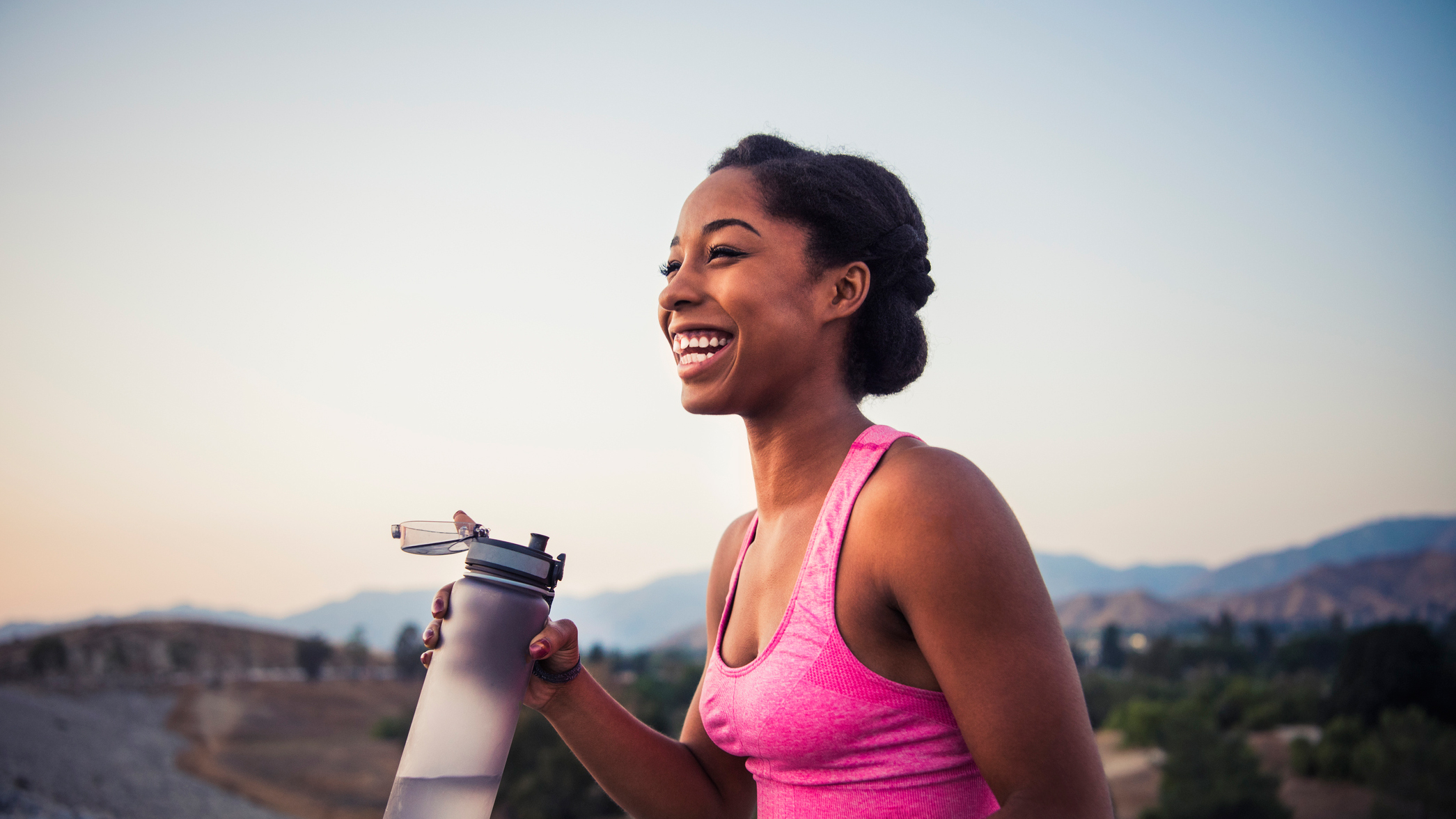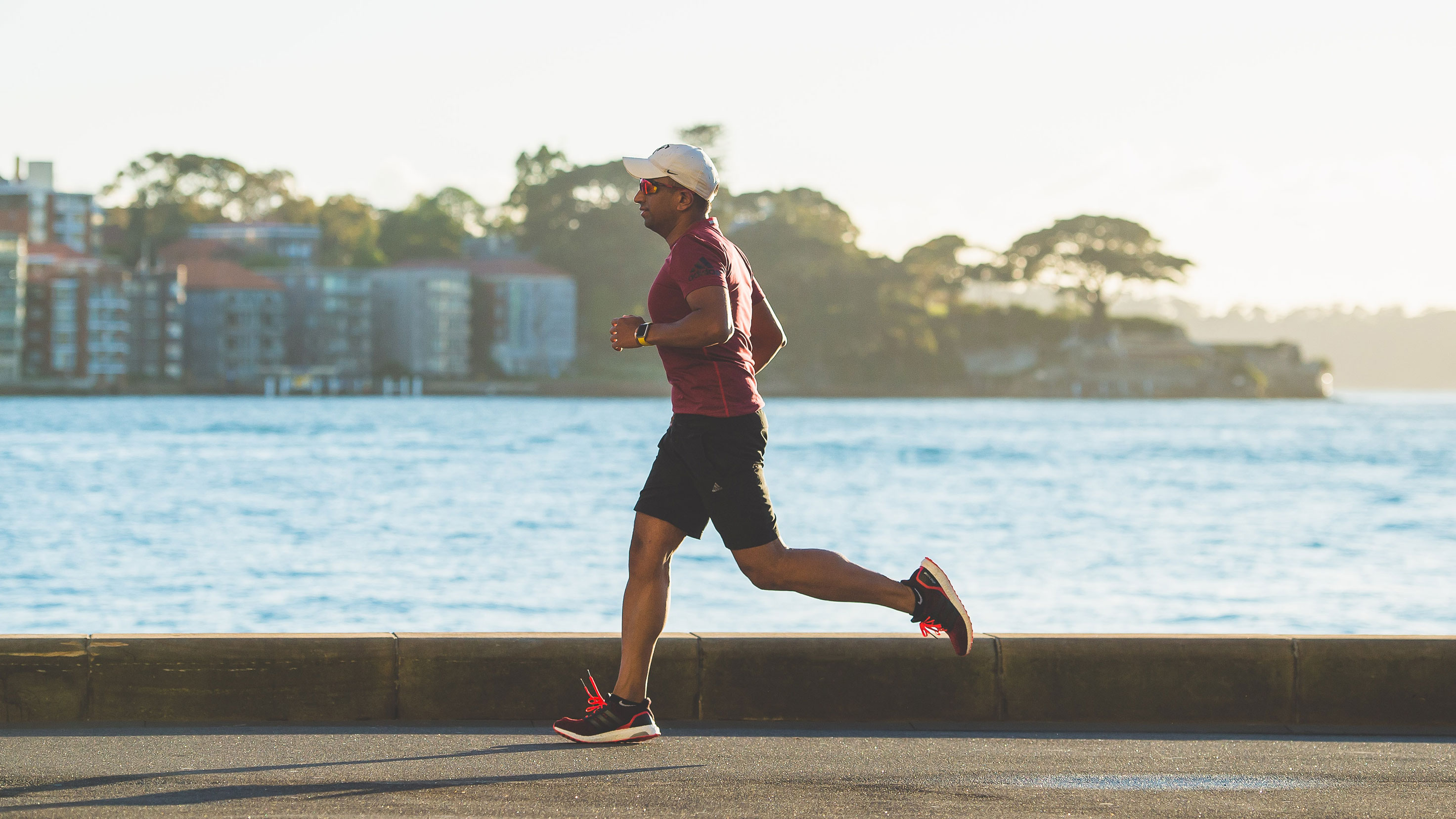How getting fit can tackle symptoms of depression and anxiety
Feeling anxious about the new normal? Staying fit and healthy can help curb depression and anxiety symptoms


Exercise is a tremendous form of therapy. Thanks to the global pandemic, anxiety and depression have never been more pervasive: over the last year, we've been extremely isolated in our own homes, with gyms, offices and our favourite spots to socialise, like coffee shops and pubs, temporarily closed. Now things are opening up again, don't panic if you're still experiencing symptoms of anxiety and depression, as these habits are hard to break.
While lacing up your running shoes and going for a run won't fix the underlying issues, it's helpful to remember a popular quote attributed to actor Jim Carrey, which says "I believe depression is legitimate. But I also believe that if you don't exercise, eat nutritious food, get sunlight, get enough sleep, consume positive material, surround yourself with support, then you aren't giving yourself a fighting chance."
With that in mind, exercise can help balance your mood by promoting the release of reward chemicals and happy hormones in your brain. According to a study from researchers at University College London, people with low aerobic and muscular fitness are nearly twice as likely to experience depression as those with high levels of fitness.
Senior author Dr Joseph Hayes said: "Our findings suggest that encouraging people to exercise more could have extensive public health benefits, improving not only our physical health but our mental health too.

"Improving fitness through a combination of cardio exercise and strength and resistance training appears to be more beneficial than just focusing on aerobic or muscular fitness."
This might be due to the aforementioned chemical reaction during exercise. Physical exertion promotes the release of dopamine and serotonin, the body's "happy hormones", which can improve mood. The act of moving our body, especially for those of us leading an otherwise sedentary lifestyle, can be as effective as meditation: exercise has been found to be comparable to meditation when it comes to improving well-being.
Bonus points if you can get outside, as you're also exposed to the mood-boosting power of sunlight and vitamin D. If you can get to nature, even better, as studies have shown production of the stress hormone cortisol slackens after just 10 minutes in a green space.
Start your week with achievable workout ideas, health tips and wellbeing advice in your inbox.
To get outside and do some exercise, cycling, running, or even walking is a great idea. Cycling and walking to lose weight are low-impact, low-intensity exercises perfect for people looking to get into fitness for the first time, or coming back to it after a long absence. Walking especially is very easy to incorporate into your day: you just need the best shoes for walking to get started. If you're running, you can conquer everything from parks to endurance races with the best trail running shoes.
Matt Evans is an experienced health and fitness journalist and is currently Fitness and Wellbeing Editor at TechRadar, covering all things exercise and nutrition on Fit&Well's tech-focused sister site. Matt originally discovered exercise through martial arts: he holds a black belt in Karate and remains a keen runner, gym-goer, and infrequent yogi. His top fitness tip? Stretch.
